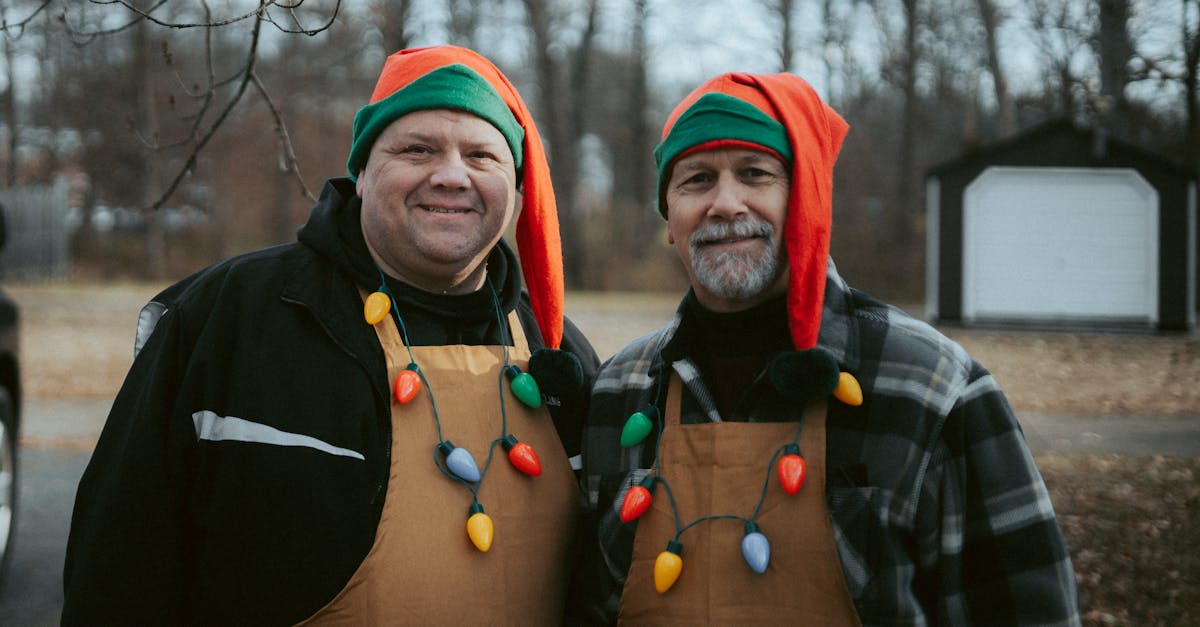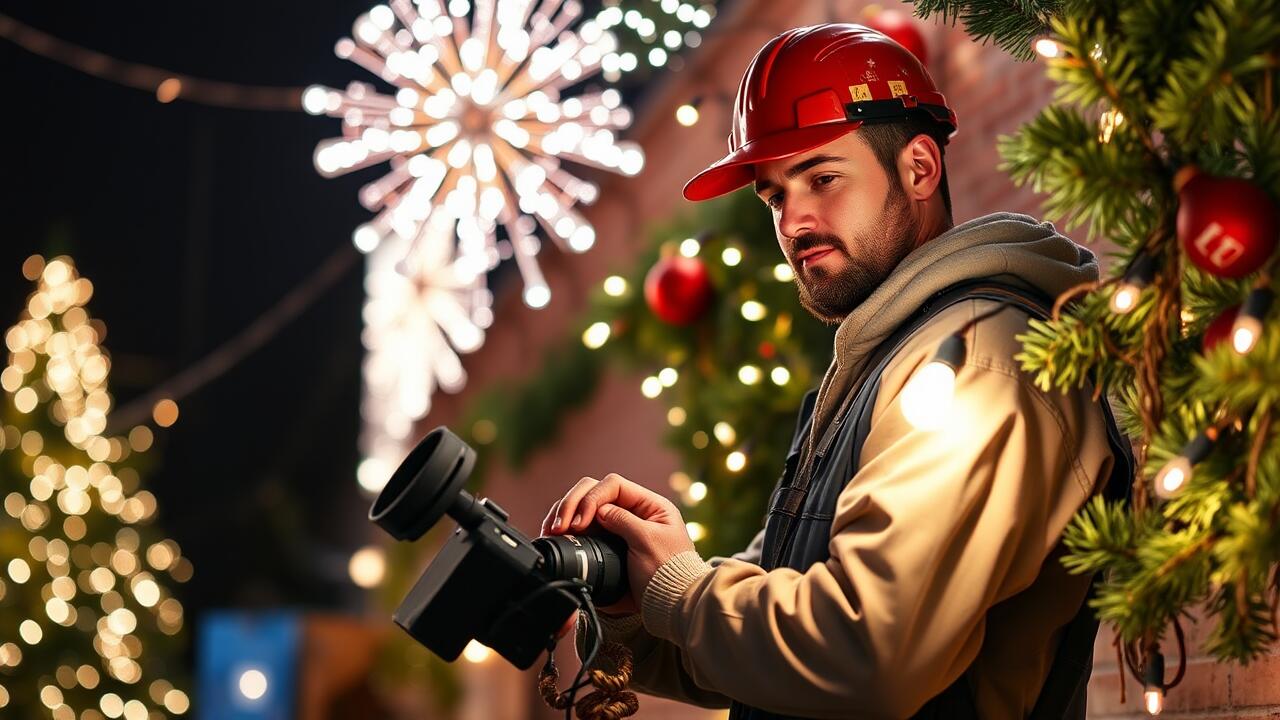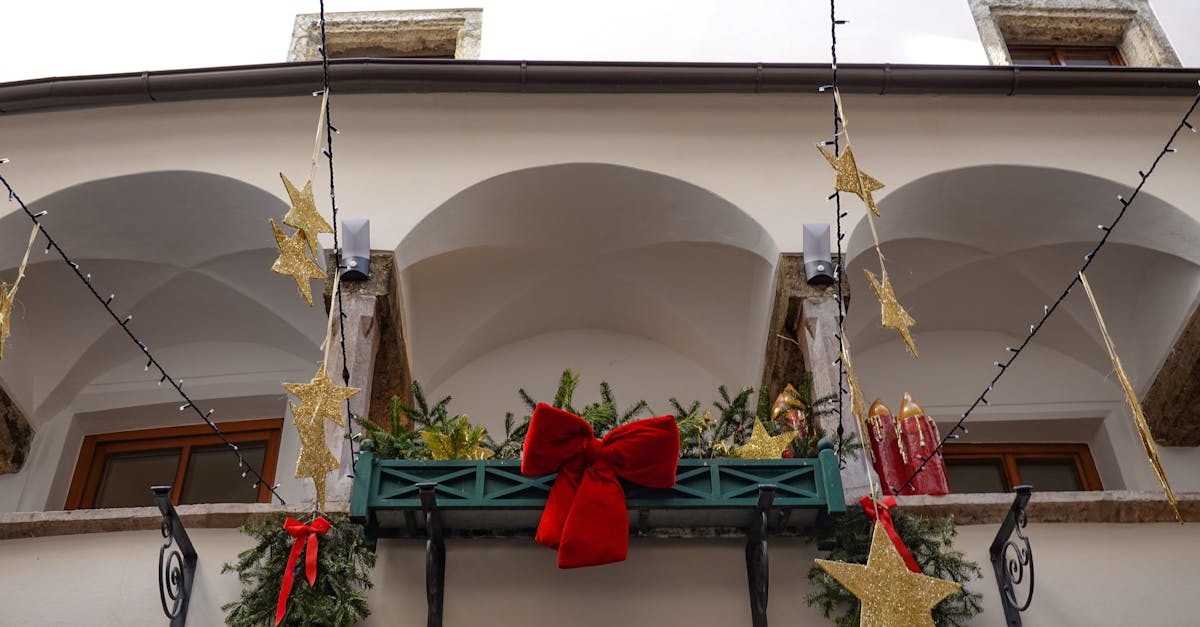
Table Of Contents
Types of Lights Available
When considering the types of lights available for outdoor trees, options can vary widely. Traditional incandescent lights have long been popular due to their warm glow and classic aesthetic. LED lights have gained traction for their energy efficiency and longevity. Many homeowners are now opting for LED bulbs as part of their Christmas Light Installation plans. These lights not only use less electricity but also tend to last significantly longer than incandescent versions, making them a cost-effective choice over time.
In addition to the common incandescent and LED options, there are also specialty lights that can create unique visual effects. Solar lights, for instance, harness sunlight during the day and illuminate at night, providing an eco-friendly alternative. Battery-operated lights offer versatility in installation, allowing for placement in areas without easy access to outlets. Regardless of the type, the choice greatly impacts the overall look and feel, especially during holiday seasons when Christmas Light Installation transforms outdoor spaces into festive displays.
LED vs. Incandescent Options
When considering outdoor lighting for trees, the choice often comes down to LED versus incandescent options. LED lights are known for their energy efficiency, consuming significantly less electricity while providing bright illumination. This efficiency translates to lower electricity bills, making them a cost-effective choice for long-term use. Furthermore, LED lights tend to have a longer lifespan compared to incandescent bulbs. This durability means fewer replacements, which can reduce costs associated with Christmas Light Installation.
On the other hand, incandescent lights offer a warm glow that many find appealing for creating a traditional, festive atmosphere. They are typically less expensive upfront than LED options, which might suit those on a tighter budget looking for a short-term lighting solution. However, their higher energy consumption and shorter lifespan can lead to increased costs over time. As a result, homeowners should weigh their preferences against their budget and the intended duration of their Christmas Light Installation when making a decision.
Electricity Costs for Lighting Trees
When considering the electricity costs associated with lighting trees, it is essential to first determine the wattage of the lights you plan to use. LED lights are generally more energy-efficient, consuming significantly less power compared to incandescent options. This efficiency translates to lower electricity bills, especially when the lights will be on for several hours each evening. Many homeowners choose LED lights for their outdoor displays during the holiday season, making Christmas Light Installation more cost-effective.
To calculate the potential electricity costs, multiply the total wattage of the lights by the number of hours they will be used each day. After that, divide by 1,000 to convert watts to kilowatts, then multiply by your local electricity rate to get the daily cost. For extended periods of use, these calculations can reveal substantial savings when using LED lights. Understanding these costs can help budget for both the initial setup and ongoing expenses of maintaining a festive outdoor environment.
Calculating Energy Consumption
Calculating energy consumption for outdoor lighting begins with understanding the wattage of the lights being used. For example, LED lights typically consume less power compared to incandescent bulbs. A string of LED Christmas lights may use around 0.04 watts per bulb, while incandescent lights can require about 0.2 to 0.5 watts per bulb. Multiplying the wattage per bulb by the number of bulbs can provide a clear picture of total energy usage for a given display.
Next, consider the total hours the lights will be on each day. If a homeowner decides to keep their lights illuminated for an average of six hours per night during the holiday season, calculating the total energy consumption becomes straightforward. The formula involves taking the total wattage of the light installation, converting it to kilowatts, and then multiplying by the number of hours the lights are in operation. This calculation not only helps in estimating electricity costs but also aids in making informed decisions about Christmas light installation, ensuring both beauty and efficiency during the festive season.
Maintenance and Storage Expenses
Caring for outdoor lights involves more than just the initial installation. After the holiday season, the process of removing and storing lights properly is crucial to ensure their longevity. This can include carefully untangling cords and neatly wrapping them to avoid damage. Investing time in storage solutions can save money in the long run, as damaged lights may need to be replaced more frequently.
Additionally, maintaining the quality of outdoor lighting may require periodic checks throughout their use. For example, regular inspections can identify burned-out bulbs that need replacement or frayed wires that could pose safety risks. If homeowners choose to hire professionals for Christmas Light Installation, they should consider the associated maintenance costs as part of their overall budget, as some services may include seasonal take-down and storage.
Caring for Outdoor Lights
Proper care of outdoor lights is essential to ensure they function at their best for each holiday season. Regular inspections can help identify any damaged bulbs or frayed wires. Keeping the lights organized during storage prevents tangling and makes future Christmas Light Installation much easier. Using bins or designated storage sleeves can protect them from moisture and pests.
Cleaning the lights before installation improves their brightness and overall appearance. A simple mixture of mild soap and water can effectively remove dirt and grime. Gently wiping the bulbs with a soft cloth ensures they shine brightly when illuminated. Properly maintaining outdoor lights not only enhances aesthetics but also prolongs their lifespan, maximizing the investment made in Christmas Light Installation.
FAQS
What are the average costs of outdoor tree lighting?
The average costs can vary widely, typically ranging from $50 to $500 depending on the type of lights, the size of the tree, and installation expenses.
How do LED lights compare to incandescent lights for outdoor trees?
LED lights are generally more energy-efficient, have a longer lifespan, and may have a higher upfront cost, but they can save you money in electricity bills over time compared to incandescent lights.
What factors affect the electricity costs for lighting outdoor trees?
The electricity costs are influenced by the wattage of the lights, the number of lights used, the total hours they are lit, and the local cost of electricity.
How can I calculate the energy consumption of my outdoor tree lights?
To calculate energy consumption, multiply the wattage of the lights by the total hours they are used, then divide by 1,000 to convert to kilowatt-hours (kWh). Multiply the kWh by your local electricity rate to get the total cost.
What are the maintenance costs associated with outdoor tree lights?
Maintenance costs can include replacing burnt-out bulbs, storage fees, and any repairs needed for damaged wires or connectors, which can add an additional $20 to $100 annually depending on the extent of care required.



